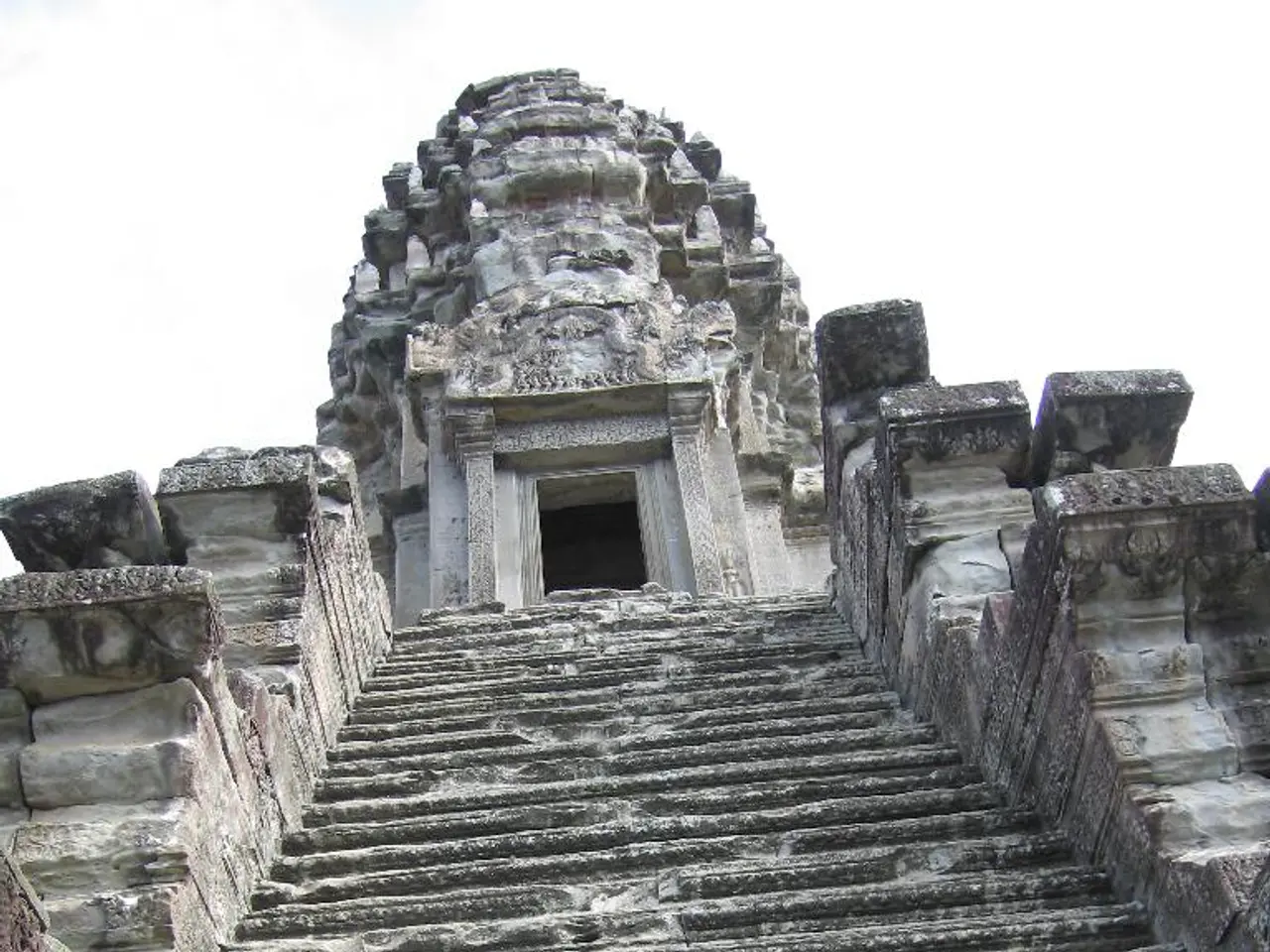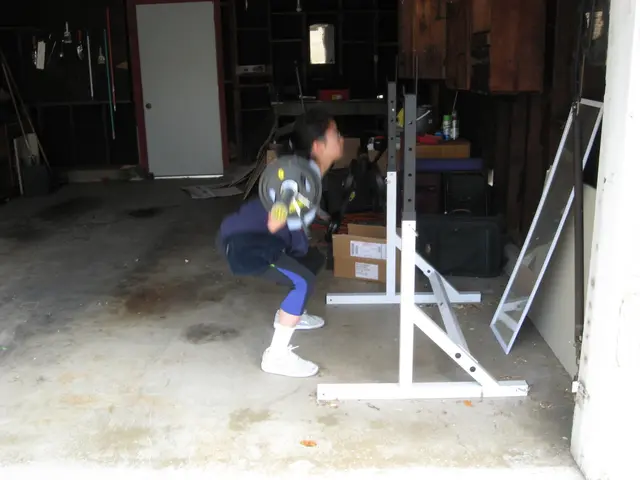Digital recording of the Byzantine bath for restoration purposes
A Detailed Plan for the Preservation of Yalova's Byzantine Bath
In the picturesque town of Yalova, Turkey, a significant piece of history has been meticulously documented and preserved. The Byzantine bath, nestled within the Termal district, is a testament to the town's rich past as Pylae, an important gateway for maritime routes into Asia Minor during the Byzantine period [1].
A Link to Ancient History
The bath, which dates back to when the region was under the Byzantine Empire, reflects typical Byzantine bath architecture, inheriting Roman bath traditions. It features caldarium (hot bath), tepidarium (warm bath), frigidarium (cold bath), and possibly hypocaust heating systems beneath floors. The structure boasts vaulted ceilings and intricate tile or stone work, common in thermal facilities used for socializing, cleansing, and relaxation [1].
A Blueprint for Preservation
Recent efforts have focused on documenting the bath's architectural details. Selvi Haliloglu Alp, a restoration expert and architect, used laser scanning technologies to take precise measurements during the COVID-19 pandemic. Her comprehensive work has resulted in a detailed architectural plan for the Kursunlu Bath, a valuable resource for its preservation [2].
The plan provides a roadmap for future restorations of similar historical structures. Professor Selcuk Secckin of Mimar Sinan Fine Arts University has praised Alp's work, stating that it offers a fully drawn and detailed architectural plan for the site [2].
Preserving Authenticity and Promoting Tourism
With Yalova growing as a spa and cultural tourism destination, future preservation plans are expected to integrate Byzantine bath restoration with sustainable tourism, emphasizing the historical value and original architectural elements [1].
Preservation approaches typically include structural stabilization, archaeological conservation, and adapting the site for safe public access and education [3]. The bath is part of the Health Ministry's Termal Spa Complex and is a popular tourist attraction [4].
A Model for Academic Conservation
The Kursunlu Bath project has transformed its historical layers and cultural continuity into an academic conservation model. Post-excavation architectural plans of the site were found in the Rare Books Archive of Istanbul University, with Raimondo Tommaso D'Aronco, the chief palace architect during Ottoman Sultan Abdülhamid II's reign, drawing these plans [5].
The records from this project will be crucial should any future damage occur or if large-scale restoration is required. Given Yalova's location in an earthquake-prone area, this detailed plan will be invaluable for the bath's preservation [6].
The bath, nicknamed "Kurşunlu" due to its lead-covered roof, was built during the Roman era and is one of the few surviving examples of its kind in Anatolia's thermal regions [7]. Its restoration serves as a commitment to maintaining the authenticity of Yalova's historical sites, linking its historic past with its present spa culture [1].
[1] Byzantine Bath in Yalova
[2] Detailed Plan for the Kursunlu Bath
[3] Preserving Historical Sites in Yalova
[4] Yalova's Byzantine Bath in the Termal Spa Complex
[5] Architectural Plans of the Kursunlu Bath
[6] Importance of the Kursunlu Bath's Preservation
[7] History of the Kursunlu Bath
- In the realm of general news, the meticulous preservation of Yalova's Byzantine Bath raises questions about the integration of health-and-wellness tourism with environmental-science initiatives to minimize its ecological footprint.
- As technological advancements continue to shape our lives, future restoration projects could leverage virtual reality to provide immersive experiences for medical-condition patients, promoting a better understanding of historical artifacts like the Byzantine Bath.
- The comprehensive architectural plan for the Kursunlu Bath not only serves as a blueprint for the preservation of Byzantine architectural relics but also underlines the importance of taking a science-driven approach when addressing historical conservation questions.
- The restoration of the Byzantine Bath represents a stepping stone in the realm of space-and-astronomy education, as visitors can learn about ancient civilizations through the yet-unexplored connection between thermal baths and celestial observations.




